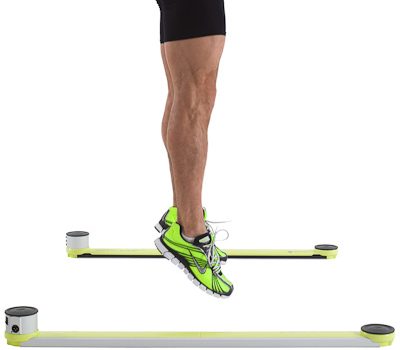Abstract
The purposes of this study were to examine the effectiveness of an athlete monitoring program in managing athlete neuromuscular fatigue across a men's collegiate soccer season as measured by changes in squat jump (SJ) height and to compare possible changes with session rating of perceived exertion (sRPE) training load (TL).
Eighteen outfield Division I men's college soccer players performed SJ testing prior to each game of the fall season in addition to a baseline measurement at the start of pre-season. The athletes provided sRPE values after all training sessions, weight training, and games.
Linear mixed modeling was used to compare changes in SJ height across the season with the baseline, and a correlation coefficient and single-lag cross-correlation coefficient were calculated between TL and changes in SJ height.
No statistically significant decreases in SJ height occurred across the season, although a moderate practical decline occurred following the pre-season (-1.6 cm, ES = -0.70). The correlation between TL and changes in SJ height was statistically non-significant, while the cross-correlation was significant (r = 0.18, p = .48 and r = 0.55, p = 0.02, respectively).
The athlete monitoring program was successful in managing the athletes' neuromuscular fatigue across the season as evidenced by the maintenance of SJ height and positive relationship between TL and changes in SJ height.
Thus, SJ monitoring may serve as a useful fatigue monitoring tool for collegiate soccer athletes. Future study is needed relating changes in vertical jump performance to other markers of athlete preparedness and performance.
Authors: Sams ML1, Sato K, DeWeese BH, Sayers AL, Stone MH
For the latest on Perform Better, follow us on Facebook, Instagram or Twitter



































